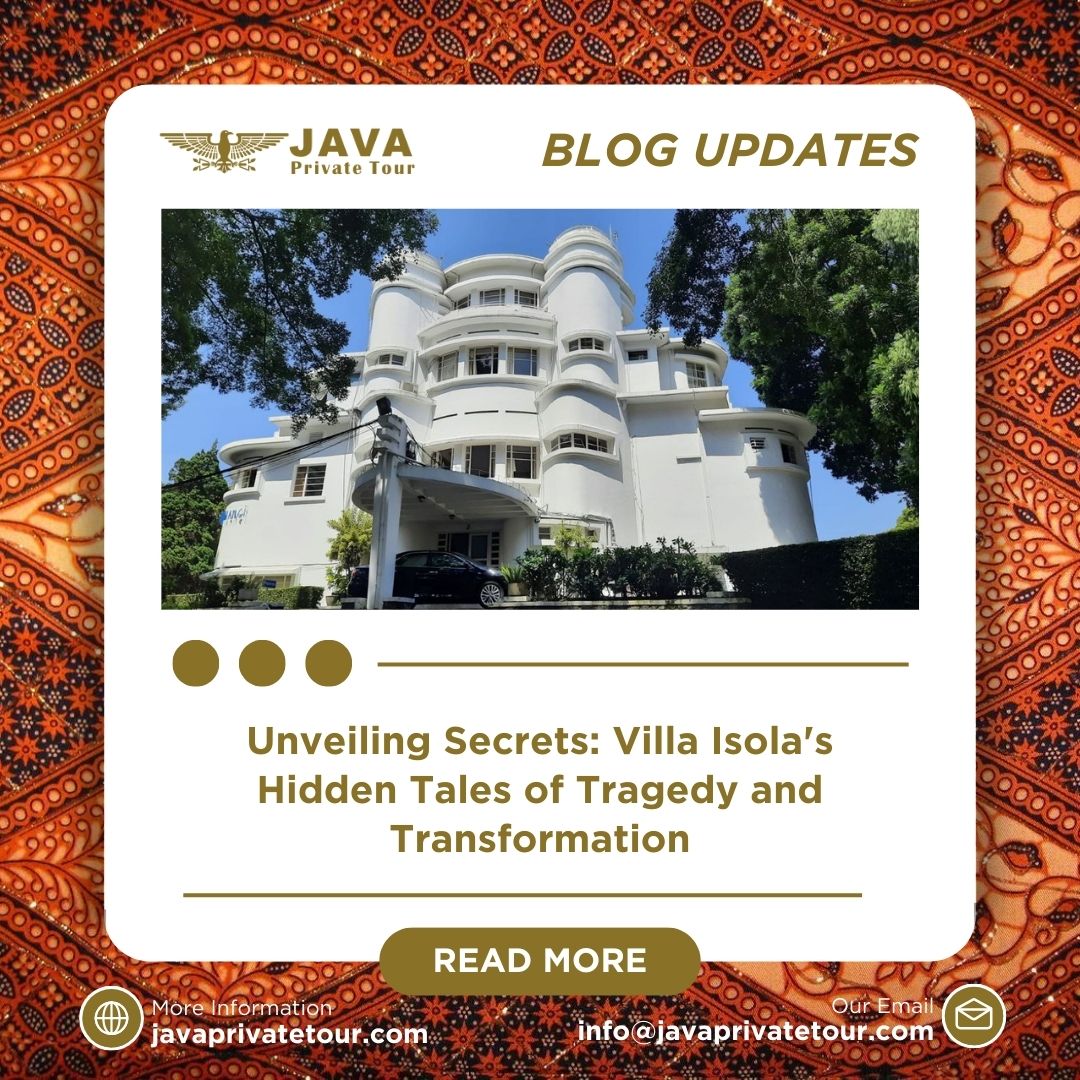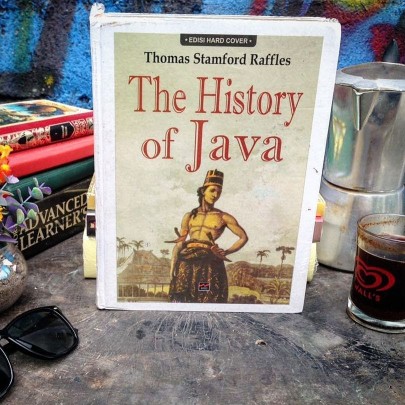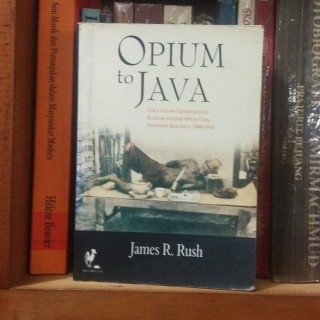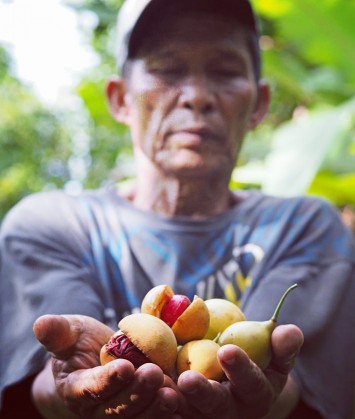javaprivatetour.com – Imagine a tranquil evening, the sun setting behind the majestic white building adorned with Art Deco architecture. The reflection in the pool adds an enchanting touch to the scenery. That evening, I found myself standing in awe of the grandeur of Villa Isola, a building that holds within its walls a history as fascinating as the views it commands.
A Glimpse into the Past of Villa Isola
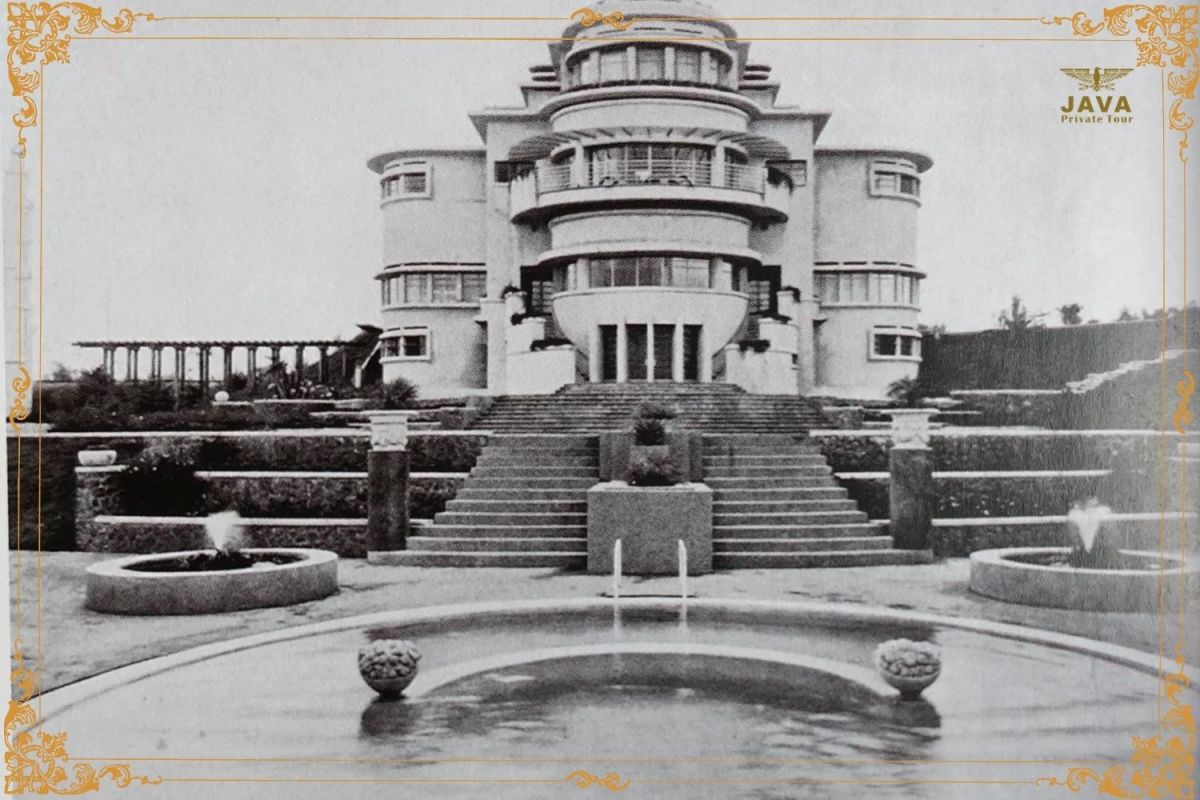
Situated in the northern part of Bandung, precisely at Jalan Setiabudi No. 244, Villa Isola stands as a symbol of historical significance. The name “Isola” was inspired by the philosophy of its first occupant, M Isollo E Vivo, meaning “I isolate myself and survive.” Designed by the renowned architect Prof. Walf Scheomaler, this Art Deco masterpiece has witnessed key events during World War II and the struggle for independence in Bandung.
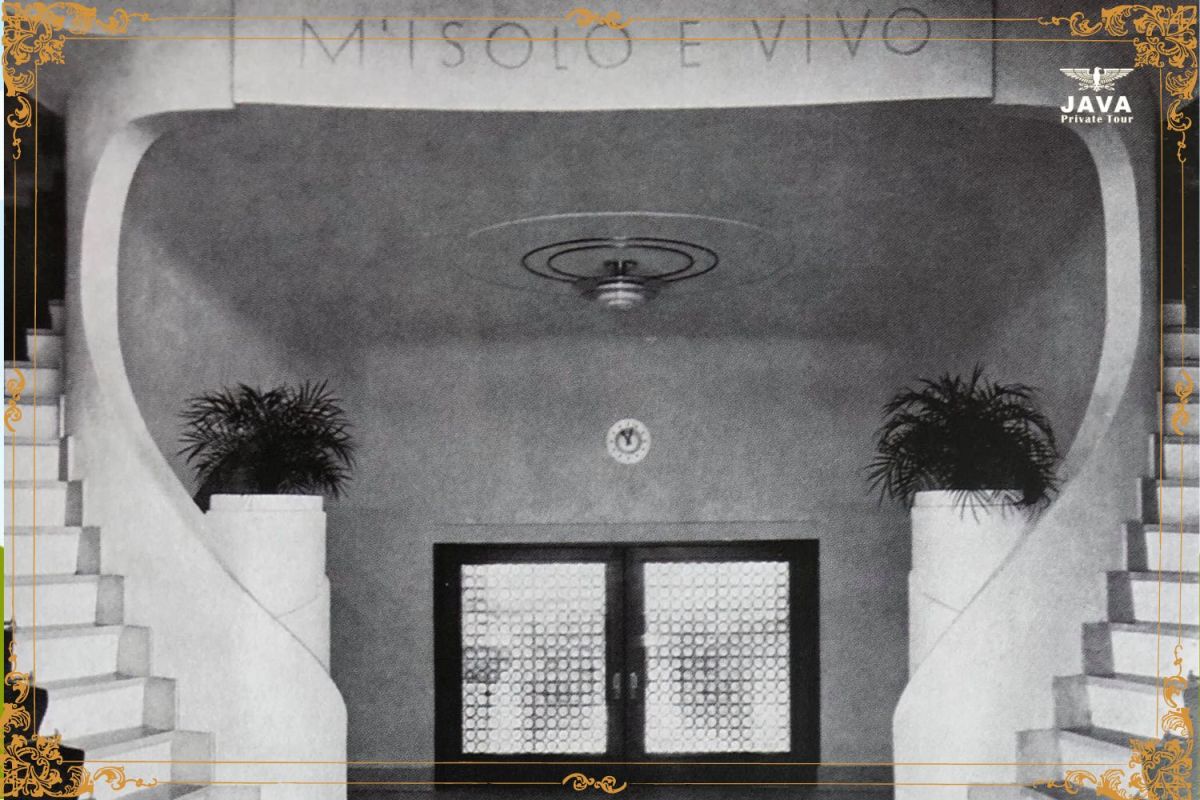
On February 16, 1946, Villa Isola faced gunfire and bombings from British Indian Division and Dutch forces. Their claimed intention was to rescue Dutch and British prisoners. In 1951, amidst the aftermath of war, the villa was nationalized by the Indonesian government and renamed Bumi Siliwangi.
Behind the imposing facade of Villa Isola lies a tale of tragedy and mystery, known to few. The building, now a protected cultural heritage site under the jurisdiction of the Bandung City Government, serves as the rectorate office of the Universitas Pendidikan Indonesia (UPI).
The Architectural Marvel of Villa Isola
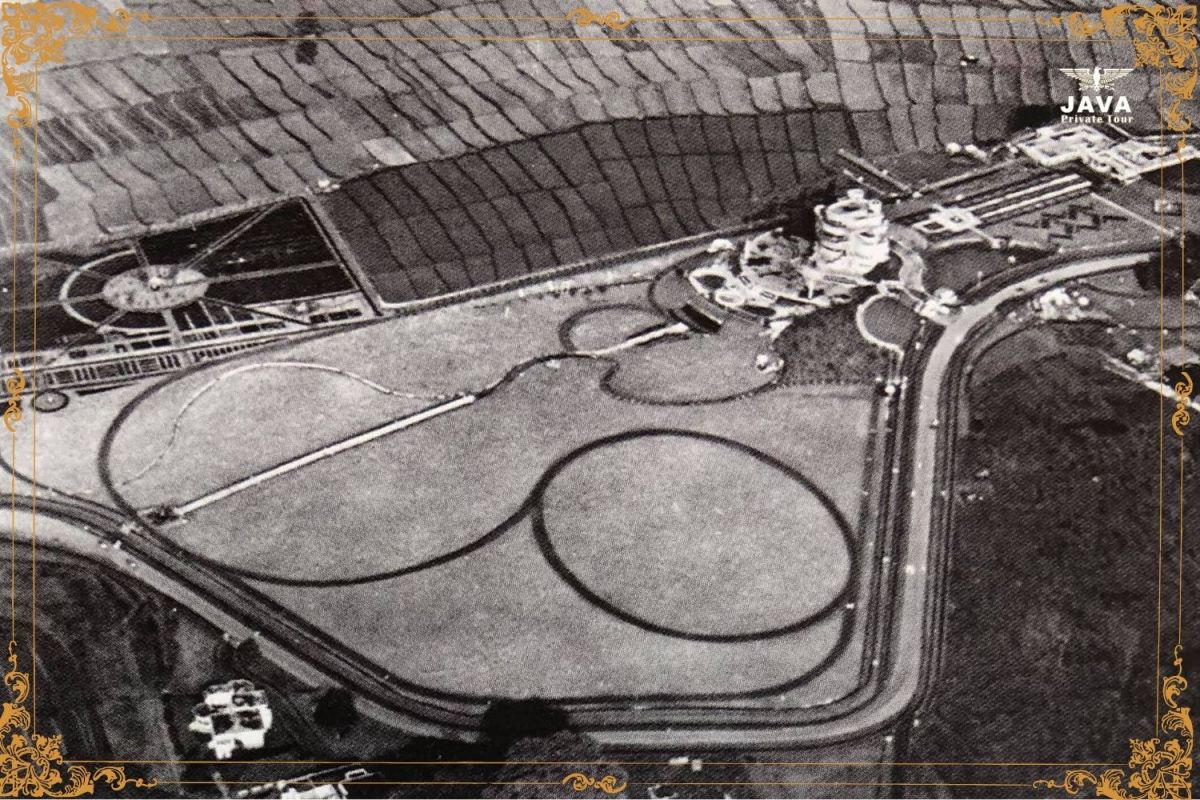
Villa Isola, standing on a 7.5-hectare land with a floor area of 12,000 square meters, offers a panoramic view of Lembang Highlands and Mount Tangkuban Perahu from its front yard, while the back overlooks the city of Bandung. With four floors housing various facilities, including meeting rooms, a central meeting hall, and a sitting room, the villa boasts a landscape featuring terraces, fountains, lotus ponds, swimming pools, and meticulously manicured gardens.
Designed in the Streamline Art Deco style with elements of Art Deco curvature, the construction of Isola took merely a year, costing 500,000 Dutch guilders (equivalent to Rp 250 billion today) and involved 700 construction workers. However, beyond the architectural splendor lies a history shrouded in the mysterious demise of its first owner, D.W. Berretty.
The Tragic Tale of D.W. Berretty
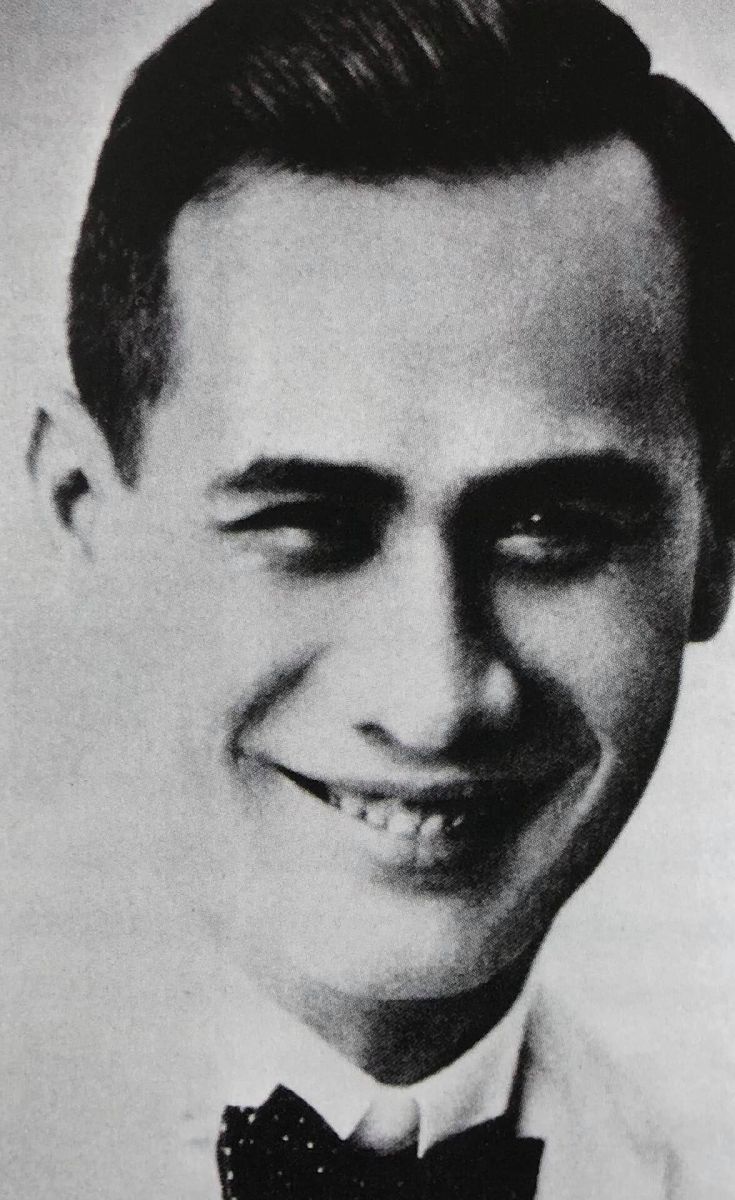
D.W. Berretty, a successful media tycoon who monopolized news in Dutch East Indies, faced a tragic fate just a year after the completion of Villa Isola. Known for his flamboyant lifestyle and extensive social circles, Berretty was a controversial figure, with gossip surrounding his multiple marriages and luxurious living.
One sensational rumor suggested that one of Berretty’s daughters committed suicide by hanging from a tree in Villa Isola’s courtyard. Another, more scandalous, claimed that Berretty had an illicit affair with the daughter of Governor General B.C. de Jonge, a relationship disapproved by de Jonge, leading to speculations about Berretty’s demise being linked to this forbidden liaison.
There are strong suspicions that Berretty’s death, allegedly staged as a plane accident, may have been intentional. Some even speculated that Berretty was a Japanese spy. These events contribute to the enigma surrounding Villa Isola’s early years.
From Villa to University: The Transformative Journey
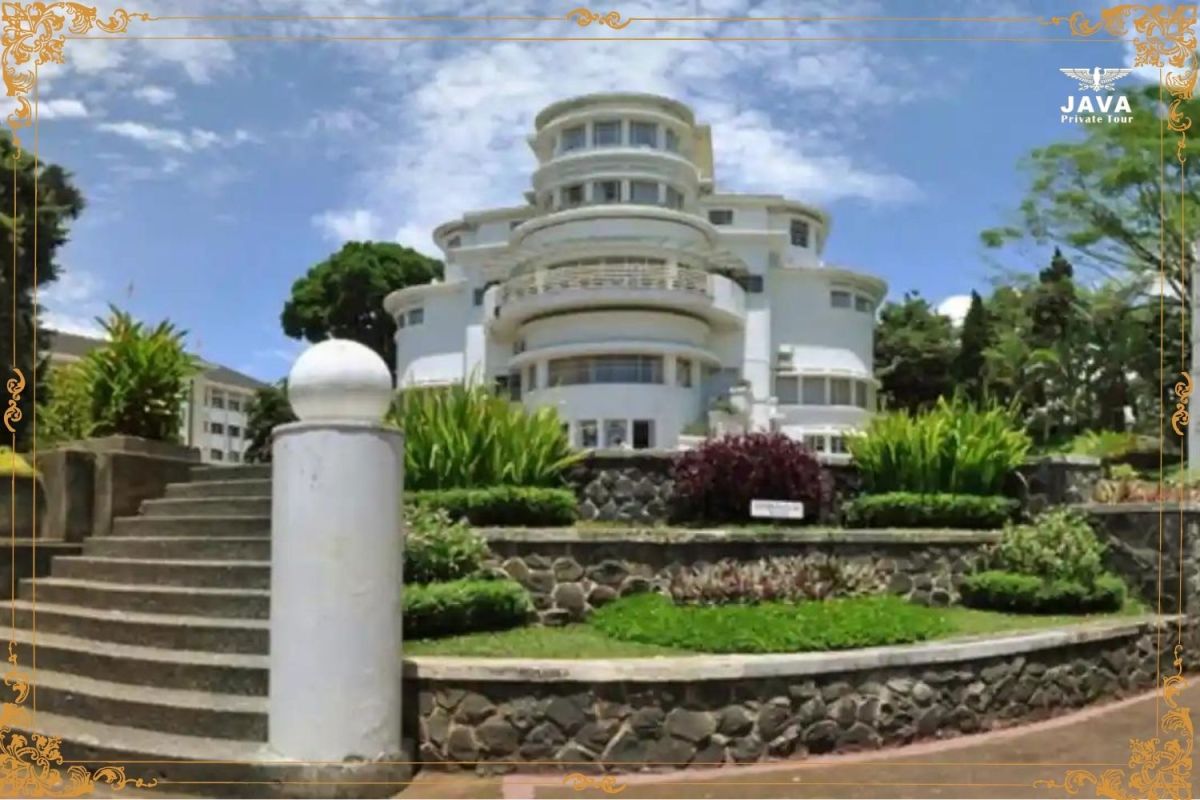
Universitas Pendidikan Indonesia (UPI), commonly known as UPI, stands tall in Setiabudi, Bandung, offering diverse accredited education programs. Nestled within its extensive grounds is the iconic white building that has become synonymous with UPI. Little do many know that this structure, Villa Isola, has been a witness to the passage of time since the Dutch era.
Commissioned by Dominique Willem Berretty, Villa Isola was intended as a serene residence for the media magnate. However, fate had other plans, and Berretty’s tragic demise led to the villa changing hands. It briefly became Hotel Isola before serving as the headquarters for Major General Pesman of the Army Division Commission in Bandung.
In 1954, the Indonesian government acquired Villa Isola, renaming it ‘Bumi Siliwangi.’ It was then repurposed for academic and administrative activities, marking the birth of Perguruan Tinggi Pendidikan Guru (PTG), which later evolved into Universitas Pendidikan Indonesia (UPI). The grandeur of Villa Isola has not diminished over the years, even as it transformed into the administrative hub for UPI.
Conclusion: A Tapestry of Stories in Every Brick
As we stand in awe of the timeless beauty of Villa Isola, let us not forget the layers of history it encapsulates. From the flamboyant life of D.W. Berretty to the wartime struggles, this building has been a silent witness to a bygone era. Today, as the rectorate office of UPI, Villa Isola continues to inspire awe and admiration, inviting us to explore the tapestry of stories woven into every brick.
For those seeking an immersive journey through the historical landmarks of Bandung, Java Private Tour stands as a reliable companion. Offering not just certified local guides but also flexible schedules and a range of private vehicles, Java Private Tour ensures a personalized and enriching experience. Trusted by embassies and recommended by satisfied clients, Java Private Tour opens the door to discover the hidden gems and untold stories of Java. For an unforgettable adventure, choose Java Private Tour – where every step is a story waiting to be told. BOOK HERE to embark on your next unforgettable journey!
You May Also Like
 Beyond Stamps: Unveiling the Hidden Stories at Museum Pos Indonesia, Bandung
Beyond Stamps: Unveiling the Hidden Stories at Museum Pos Indonesia, Bandung
 Unveiling the Hidden Treasures of East Java with Java Private Tour
Unveiling the Hidden Treasures of East Java with Java Private Tour
 Journey Through Time in Malang: Uncovering Forgotten Tales of the Colonial Era
Journey Through Time in Malang: Uncovering Forgotten Tales of the Colonial Era
 Unveiling the Hidden Gems of Java and Bali Through an Extraordinary Overland Road Trip Experience
Unveiling the Hidden Gems of Java and Bali Through an Extraordinary Overland Road Trip Experience
 Whispers of the Past, Unveiling Jakarta’s Enigmatic Freemason Legacy
Whispers of the Past, Unveiling Jakarta’s Enigmatic Freemason Legacy

